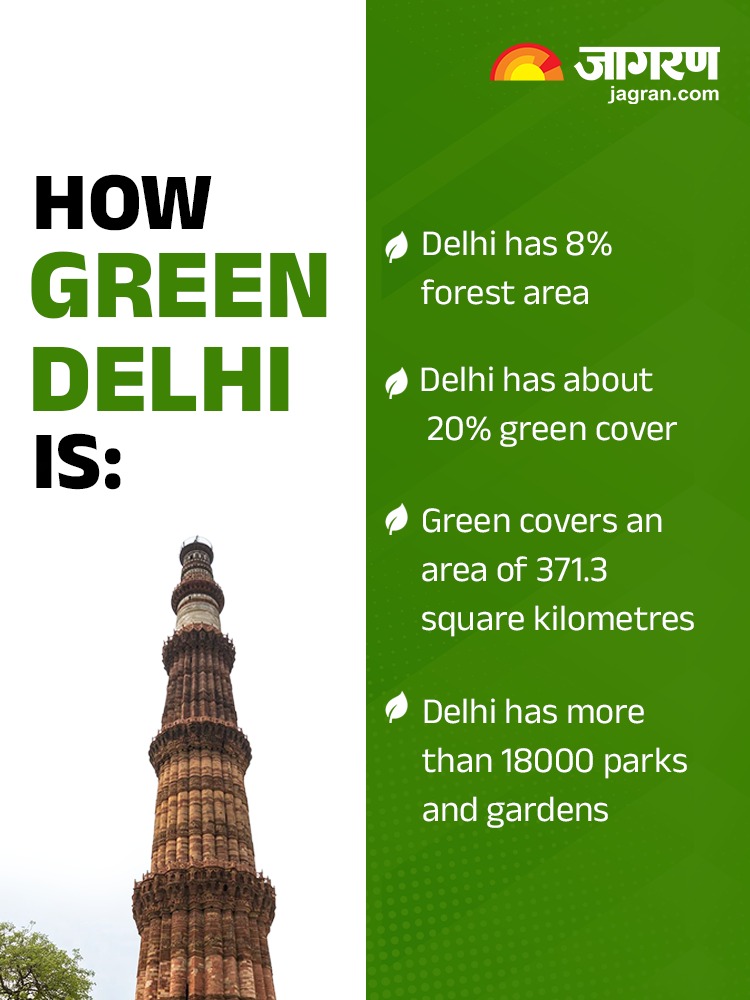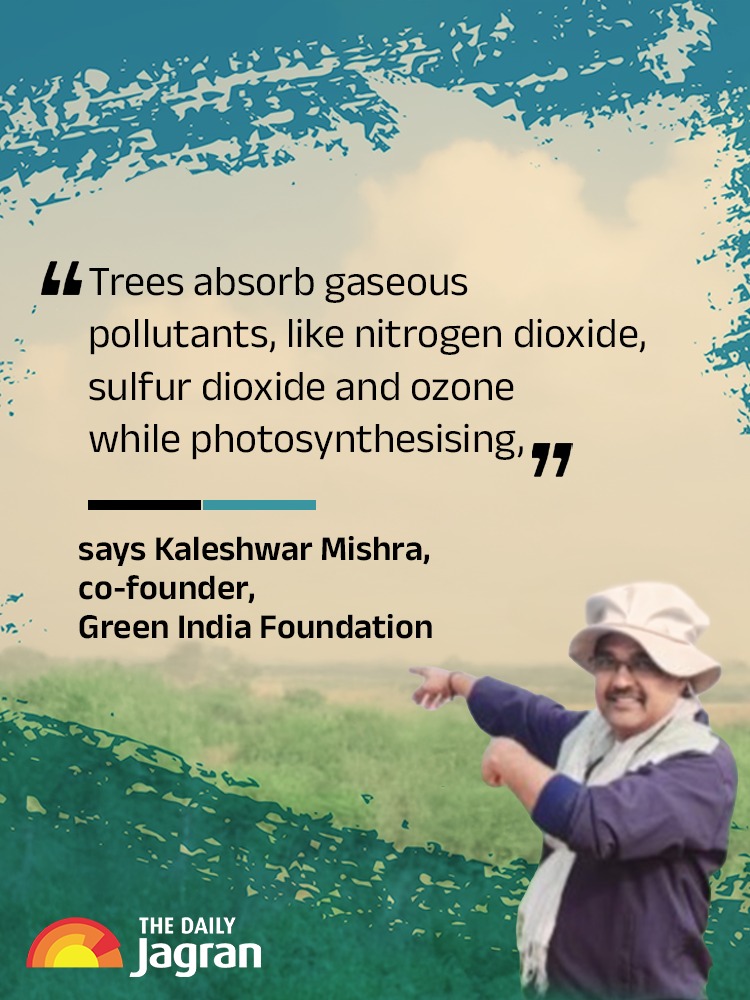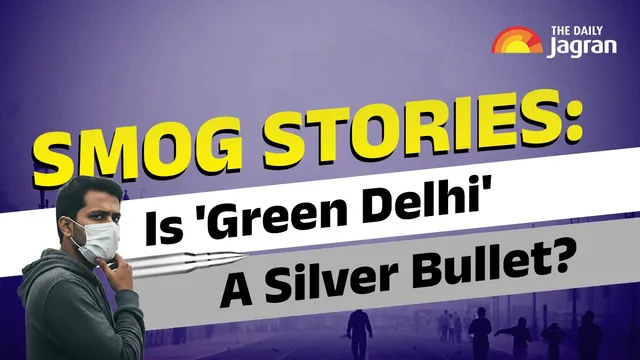- By Raju Kumar
- Fri, 21 Nov 2025 08:27 PM (IST)
- Source:JND
Smog Stories: Delhi's air quality hovered between 'severe' and 'hazardous' categories since the arrival of winter. People in the national capital region have been experiencing severe air pollution, with air quality frequently deteriorating, causing widespread health issues and public distress. Delhi, which has a large green cover, is still struggling to breathe. Now the question arises, what to do? Is there any solution to the air pollution in Delhi?
What Chokes Delhi?
According to the Decision Support System of the Indian Institute of Tropical Meteorology, Pune, the vehicular emissions contributed 17.3 per cent to Delhi's pollution on November 20, while stubble burning accounted for 2.8 per cent. On November 21, these parameters are projected to comprise 16.2 per cent and 1.8 per cent of the capital's pollutants, respectively. Satellite imagery detected 16 farm fires in Punjab, 11 in Haryana and 115 in Uttar Pradesh on Wednesday.
ALSO READ: Smog Stories: What Is GRAP? How Does It Impact Delhi’s Air Quality Index | Explained
It is unlikely that the stubble burning issue can be completely addressed very soon because of the involvement of different state governments, Punjab, Haryana and Uttar Pradesh. The issue is more political in nature, which makes it complex.
#WATCH | Delhi: Visuals from the area around Akshardham this morning as a layer of toxic smog blankets the city.
— ANI (@ANI) November 21, 2025
AQI (Air Quality Index) around the area is 416, categorised as 'Severe', as claimed by CPCB (Central Pollution Control Board). pic.twitter.com/r31J75X1AC
Experts Bat For Forestation
However, the experts say that reforestation and an increase in green cover can reduce the effect of air pollution.
Speaking to The Daily Jagran, Kaleshwar Mishra, co-founder, Green India Foundation and environmentalist, who recently gave a slogan - apanee saansen khud upajaen, har avasar par ped lagaen (Grow your own breath, plant trees at every opportunity), said the plantation and urban greenery help reduce air pollution by capturing and transforming pollutants in the air.
ALSO READ: Smog Stories: How To Protect Yourself From Delhi's Poisonous Air; Experts Explain
"Leaves and needles act as natural filters that trap particulate matter such as PM10 and PM2.5. Through their stomata, trees also absorb gaseous pollutants, like nitrogen dioxide, sulfur dioxide and ozone while photosynthesising," he said in a telephonic conversation.

In cities, dense green cover slows wind, stabilises soil, reduces dust creation and resuspension, he explained, adding that it also cools the local microclimate, which goes a long way in limiting the production of many polluting gases.

"We can consider Beijing’s example. They used large-scale plantation to improve air quality. The city has expanded urban forests and established surrounding “green belts” and shelterbelts, which are estimated to remove over 1,200 tons of air pollutants per year, including roughly 450 tons of PM2.5 and 770 tons of PM10," Mishra concluded.
Last year, then Delhi Environment Minister Gopal Rai said the national capital has the largest green cover among all metropolitan cities in the country. He claimed that Delhi's greenery covers 23.6% of the capital as of 2021, compared to 20% green cover in 2014.
'We Are An Emerging Superpower, But Can't Breathe In The National Capital': Delhi Resident
Raju Prasad, a Pitampura, Delhi, resident, said the government should focus on creating more parks and greenery, but everywhere we see only construction.
"The Aravalli belt between Delhi and Gurugram is turning into a concrete jungle. I travel from Delhi to Gurgaon daily by metro, and the moment we step outside, the suffocation, burning eyes and breathlessness hit us. We are forced to work in the poisonous air. Our kids are breathing the same toxic air. Yet our governments stay dumb and deaf. We call ourselves the 4th-largest economy, but we can’t even breathe in our own capital," he stated.
ALSO READ: Smog Stories: How London, Beijing Fought Deadly Air Pollution And What Delhi Can Learn; Experts Explain
A green cover of one-third of the total geographical area is considered ideal for ecological sustainability, a target Delhi has been working towards for years. The Delhi Development Authority (DDA) took several steps in preserving the natural environment and biodiversity in areas like the Ridge and the Yamuna River Front.
What Government Data Says
Delhi Parks and Gardens Society, Government of NCT of Delhi data showed that Delhi has 8% forest area, which is more or less covered with greenery. Delhi has about 20% green cover, and there are more than 18,000 parks and gardens in different locations in the capital.
#WATCH | Delhi | A resident of Delhi says, "The AQI is touching heights... We are being evacuated and not allowed to protest peacefully here... Common people are dying. Yet the government is not designing any policies and hiding the data. They are sprinkling water at the data… https://t.co/TLtClPblVp pic.twitter.com/tMJmxQAa0X
— ANI (@ANI) November 9, 2025
Here Are Some Key Areas Where The Authorities Need To Focus
- Expansion of green cover in Delhi.
- Identify unused spaces and take up greening projects.
- Authorities need to work with local bodies to take up greening works in parks and gardens
- Focus should be on projects for planting trees and shrubs.
- More engagement is required with RWAs in maintaining parks and gardens.
- Incentives must be given to the NGOs and activists for taking up greening activities.
- Enough funds should be available to the RWAs and NGOs who are involved in green initiatives.
(This article is part of the series 'Smog Stories'. To read more articles in the series, click here.)

